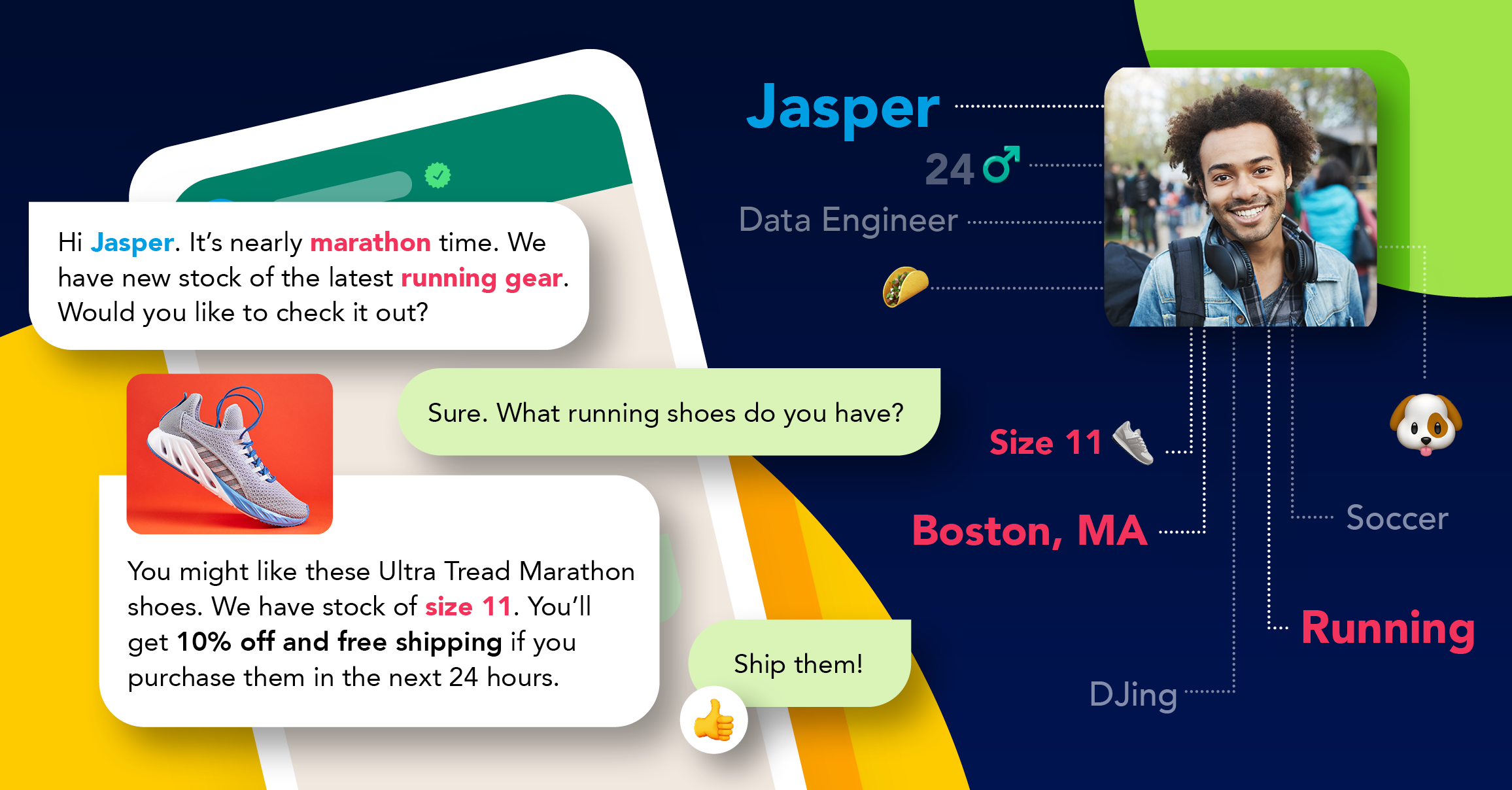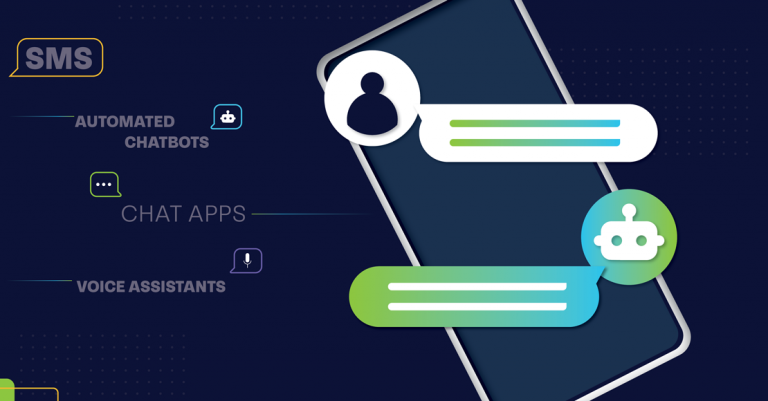
IoT predictions
This year has brought with it exciting innovations in the world of the Internet of Things (IoT) and technology, from low power wide area networks (LPWANs) to predictive analytics and machine learning. Below we discuss some predictions for the year and what these will mean for businesses utilizing the IoT.
LPWANs (low power wide area networks) rise in popularity
LPWANs are growing in popularity since they offer to use with very little power, which is essential for IoT devices that are designed to last for several years on one battery.
These networks offer a wide area of coverage, allowing for the effective use of IoT devices while out in the field. This is vital for industrial IoT devices like agricultural sensors, as they may need to be spread out across a farm or large area of land. The challenge faced by LPWAN providers is to bridge the ‘air gap’ between the devices and the Cloud. There are some instances of this happening such as NarrowBand IoT and Long-Term Evolution for Machines which use cellular frequencies.
Security and privacy will remain key IoT concerns
Internet of Things security will remain a key concern for the rest of the year, despite the standalone Internet of Things security market being considered dead and gone. IoT security will now be embedded into hardware, networks, and systems, becoming a dedicated threat domain.
Data privacy legislation will affect IoT security architecture. We could see automation take center stage in helping network administrators take control of threats by enforcing rules and detecting anomalous traffic patterns. Automated security is ideal for modular IoT devices because firmware upgrades can become difficult.
The use of predictive analytics
Predictive analytics is one of the more interesting predictions for the IoT this year. Companies that are already utilizing IoT connected devices have an endless supply of data, and by using predictive analytics they can effectively analyze big data for their benefit.
Unlocking the true potential of the sheer volume of data collected by Internet of Things devices is the challenge that many businesses face. In the near future, IT companies are hoping to leverage high-performance computing in order to process larger amounts of data. Predictive analytics will most likely remain a popular trend of IoT devices because it allows companies to be one step ahead of the competition.
Convergence with AI and blockchain technologies
The Internet of Things alone is not transformational. To become something truly unique, it’ll need to combine with technology such as artificial intelligence and blockchain technologies. This year, we could see the convergence of these technologies, allowing companies to gain greater value from their investments into the Internet of Things.
AI and machine learning will allow for a much deeper analysis of the data provided by IoT devices, allowing for more powerful and informed decision making. Blockchain technologies will introduce a more secure level of tracking IoT transactions which will eliminate the need for a ‘middle-man’ device.
Using IoT for sustainability
The Internet of Things is unique in that it allows us to reach out to people and devices that previously could not be reached. We’re able to monitor air pollution, assess the traffic flow of a city, and optimize water and electricity supplies.
We’ll probably start seeing organizations waking up to the fact that the Internet of Things has more than just an economic impact. There have already been projects focusing on environmental monitoring and food supply. While some of these projects have commercial goals, we could very well see the first use of IoT to combat climate change, poverty and even mental health issues regardless of financial gain – in the very near future.
More IoT startups could emerge
We’re also likely to see more Internet of Things startups emerging as this digital trend becomes more and more mainstream. These startups will build their practices around keeping up with networking, analytics and security challenges, as well as opportunities, as more devices become available.
They’ll quickly realize that they need the vertical market expertise and customer relationships that partners at the forefront have and will actively attempt to build up channel programs. This is good news for the vertical channel. These IoT startups will bring about more awareness of the capabilities of the Internet of Things for businesses.
More beneath the surface
In truth, we’ve only reached the tip of the iceberg when it comes to the Internet of Things capabilities and predictions. Companies are starting to implement IoT and industrial Internet of Things technologies and are starting to see a return on investment, but the volume of data that is collected is yet to be fully analyzed and utilized. The high-performance computing is yet to be realized to help analyze the sheer volume of data but it is on the horizon and will be an interesting development. Read our article on the state of the Internet of Things if you’re interested in finding out more.
Explore other articles
Step into the future of business messaging.
SMS and two-way channels, automation, call center integration, payments - do it all with Clickatell's Chat Commerce platform.








